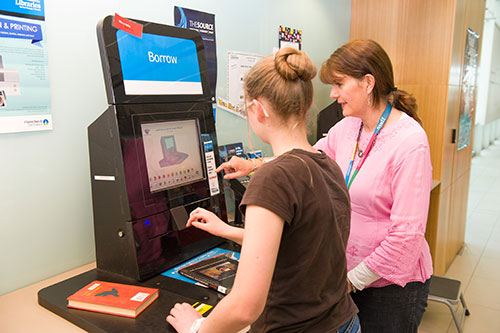30 years ago, on the 1st August 1987, the New Zealand Government passed the Māori Language Act 1987 making Te Reo Māori an official language of New Zealand. While this should be celebrated, it is worth noting that it took 127 years for the indigenous language of this Country to be formally recognised by the Crown.
I had initially planned in this blog to recount the various ways that the speaking of te Reo Māori was suppressed over those 127 years. I was going to outline the various Crown policies and laws that were implemented to ensure that the language was suppressed and literally ‘beaten’ out of Māori. Laws such as Native Schools Act 1867 that enforced the non-speaking of te Reo Māori in public spaces, in particularly schools.
I had intended to remind people that “It takes one generation to lose a language and at least three to restore it”. Thus given my previous statement it is no wonder that te Reo Māori was in a complete state of decline by the late 20th century, beginning the proactive movement to rejuvenate and revitalise te Reo Māori within all aspects of our lives.
But that all changed on Saturday morning while watching a video post from a prominent te Reo Māori tutor. He, along with his whānau, was abused in their local supermarket in their hometown for speaking Māori to each other. The tutor and his partner had made the decision to raise their children in te Reo Māori. Therefore, by their own choice, they speak Māori to their children and around their children wherever they are.
Imagine while talking among themselves, their shock being confronted by an irate woman telling them in a loud aggressive voice “this is New Zealand, we speak English here not that gibberish!” Aware of their children, they thanked the woman for her opinion and continued on with their shopping. A few minutes later, while the son was speaking to his mother in te Reo Māori, the woman started to mock the boy, telling him to speak English, the real language of this country. Naturally the parents interjected, politely rose above it, collected their children and shopping and left.
Naturally I was angry and sickened that someone would do this to a child. But more importantly, I was sad and disappointed that in this day and age there are still people with these antiquated views. We might be an educated and progressive society, but for some people it’s still 1867.
But don’t be disheartened. When we measure the tangible achievements of the last 30 years, we clearly see how far the revitalisation of te Reo Māori has come. How well this rejuvenation has worked:
- Te Reo Māori, the indigenous language of New Zealand, is recognised as an official language of New Zealand and with this the right to speak it anywhere and at anytime;
- Kōhanga Reo and Māori Early Childhood Centres;
- Kura Kaupapa, Kaupapa Māori special character schools, bilingual units;
- Iwi rejuvenation programmes such as Kotahi Mano Kaika, Hāpai i te reo;
- Tertiary degrees in te Reo Māori, ōna tikanga me ngā ahurea Māori;
- The ability to write your University thesis in te Reo Māori;
- A week long total immersion wānanga known as Kura Reo;
- Whare wānanga;
- Incorporation of te Reo Māori in some work spaces particularly government offices;
- Some bilingual signage and dual names;
- two television channels – one totally in Māori;
- 21 iwi radio stations and a further 5 kaupapa Māori focused stations with te Reo Māori segments;
- An agency dedicated to supporting te Reo Māori aspirations known as Te Taura Whiri;
- A National committee of te Reo Māori Champions know as Te Mātāwai, tasked with assisting with te Reo Māori aspirations;
- Te Reo Māori books, Facebook pages, apps and electronic resources;
- A course dedicated to the pursuit of excellence in te Reo Māori me ōna tikanga – Te Panekiretanga o te Reo Māori;
- A week where the whole nation ‘celebrates’ the Māori language;
- A social experiment for the month of September when those who speak Māori choose to speak only Māori throughout that month on a nominated day, week or for the entire month;
- Presenters on ‘mainstream’ television use more te Reo Māori than ever and that’s just the Pākehā ones! More te Reo Māori is being normalised through every day use.
- Te Ture mō te Reo Māori 2016 the first and only legislation written in te Reo Māori – not just translated.
Ah yes we have come a long way in 30 years, we do have much to celebrate. But imagine how much more we could have achieved if we, as a nation, had embraced te Reo Māori 127 years ago. All New Zealanders would be bilingual for starters. There would be no need to repair 127 years of attempted cultural and language genocide. All New Zealanders would know the true history of their country. We would perform (properly) more than one haka for all occasions – and understand them. We would all sing both versions of the National anthem. These are just some of the things WE could have done. But we didn’t do that and now we are where we are.
Sadly haters are always going to hate. What happened to that young Māori whānau the other Friday night vocalised thoughts born of ignorance and fear of the unknown. This an evolution people, not a revolution. Yes this might be New Zealand and we might speak English here, but the indigenous language is Māori. A language I, like that young whānau, are proud to reclaim as our birthright. Learn it, live it, love it!
So, 30 years on how far has the revitalisation of te Reo Māori come I ask? Well, a lot further than some expected, but considering that incident in a large supermarket in Hastings, perhaps not as far as most of us would have hoped.

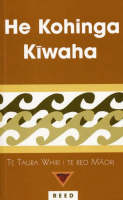

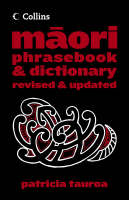
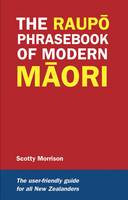











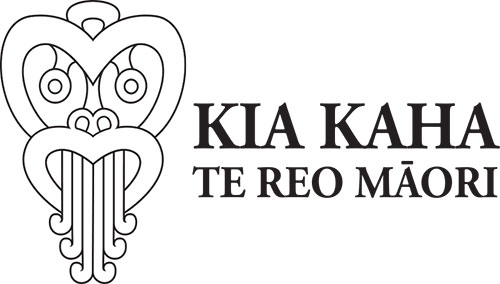
 Māori at home
Māori at home
